The Science Behind Film Selection for Vertical Wrapping
Vertical wrapping is a packaging method that involves wrapping a product in a roll of film. This method is commonly used for packaging food, beverages, and other products that need to be protected from moisture and oxygen. The type of film used for vertical wrapping is critical to the success of the packaging process. The wrong film can lead to product damage, reduced shelf life, and increased packaging costs.
Factors to Consider When Selecting a Film for Vertical Wrapping
Several factors must be considered when selecting a film for vertical wrapping, including:
1. Product Characteristics
Size and shape: The size and shape of the product will determine the type of film that is needed. Films that are too thin or too weak may not be able to withstand the weight of the product, while films that are too thick or too rigid may be difficult to wrap around the product.
Texture: The texture of the product will also affect the type of film that is needed. Films that are too sticky may adhere to the product, while films that are too slippery may not be able to hold the product in place.
Moisture content: The moisture content of the product will also affect the type of film that is needed. Films that are moisture-resistant are necessary for packaging products that have a high moisture content, while films that are moisture-permeable are better for packaging products that have a low moisture content.
2. Packaging Environment
Temperature: The temperature of the packaging environment will affect the type of film that is needed. Films that are heat-resistant are necessary for packaging products that are stored in hot environments, while films that are cold-resistant are necessary for packaging products that are stored in cold environments.
Humidity: The humidity of the packaging environment will also affect the type of film that is needed. Films that are moisture-resistant are necessary for packaging products that are stored in humid environments, while films that are moisture-permeable are better for packaging products that are stored in dry environments.
3. Shelf Life
Desired shelf life: The desired shelf life of the product will also affect the type of film that is needed. Films that are oxygen-barrier are necessary for packaging products that have a long shelf life, while films that are not oxygen-barrier are better for packaging products that have a short shelf life.
-
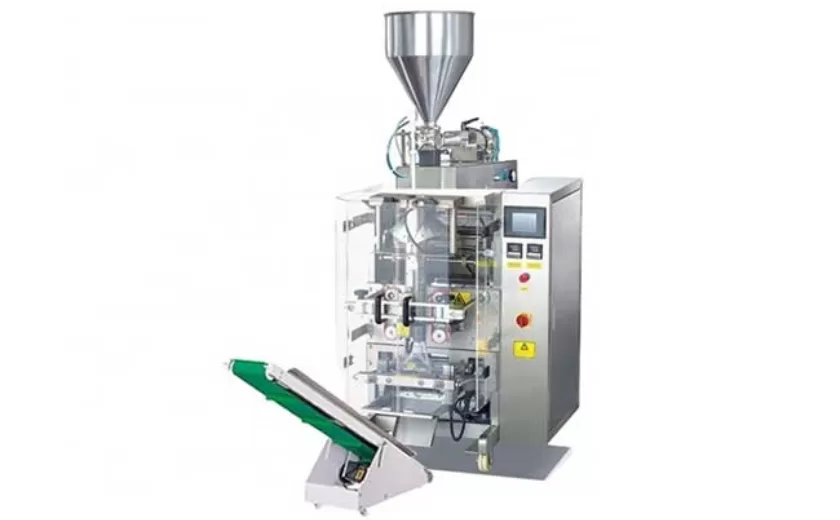
Advanced Packing Solutions: Snacks, Sugar, and Frozen Food Machines
29-10-2025 -
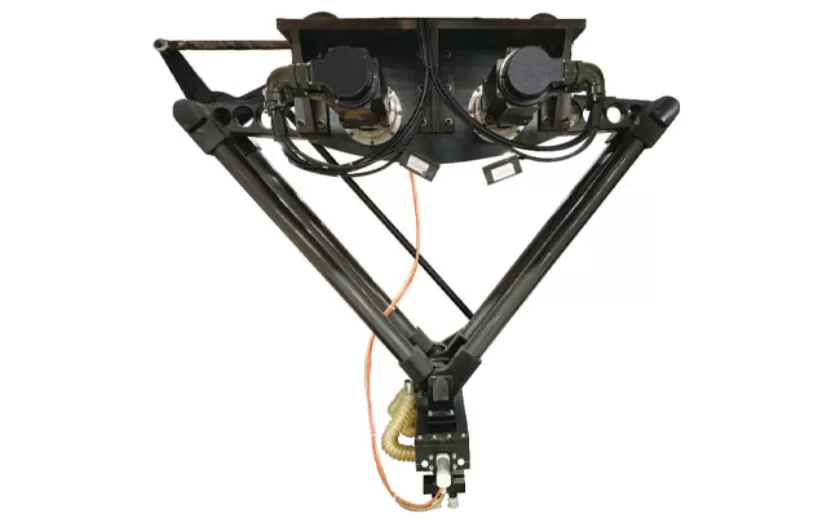
Efficient and Reliable Solutions for Salt, Nuts, and Frozen Dumplings Packing
29-10-2025 -
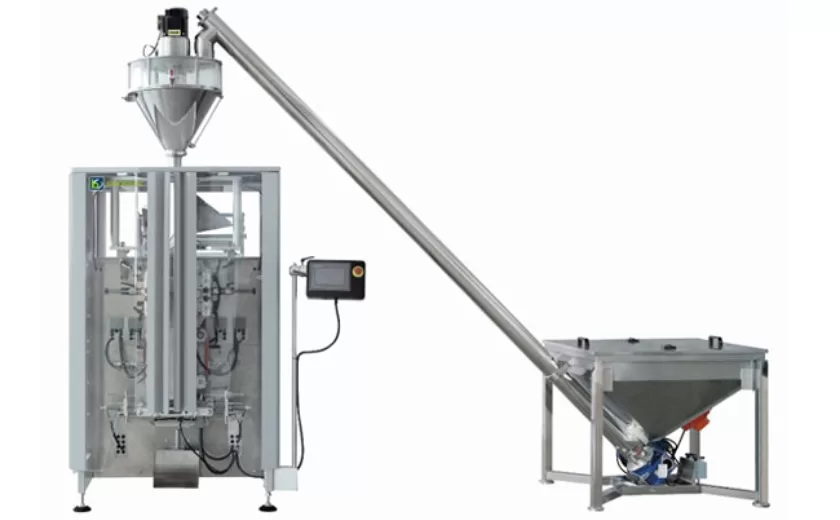
High-Performance Biscuits, Lollipop, and Ketchup Packing Machines for Modern Food Production
29-10-2025 -

Efficient Liquid Filling and Packing Machines for Modern Production
23-10-2025 -
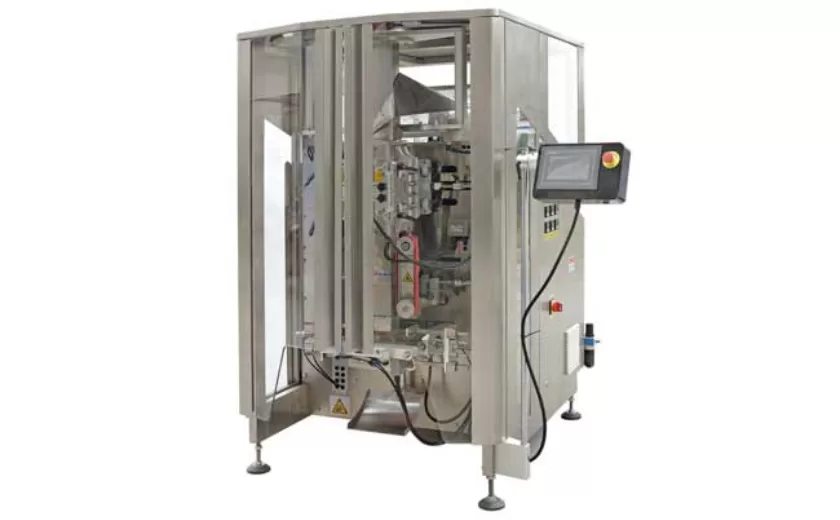
Reliable Granule Packaging Machines for Efficient Production
23-10-2025 -

Efficient Auger Powder Filling Machines for Accurate Packaging
23-10-2025 -

High-Performance Liquid Filling and Packing Machines for Hygienic Production
10-10-2025 -

High-Efficiency Granule Packaging Machines for Precision and Speed
10-10-2025 -

High-Precision Auger Type Powder Filling Machines for Efficient Packaging
10-10-2025 -
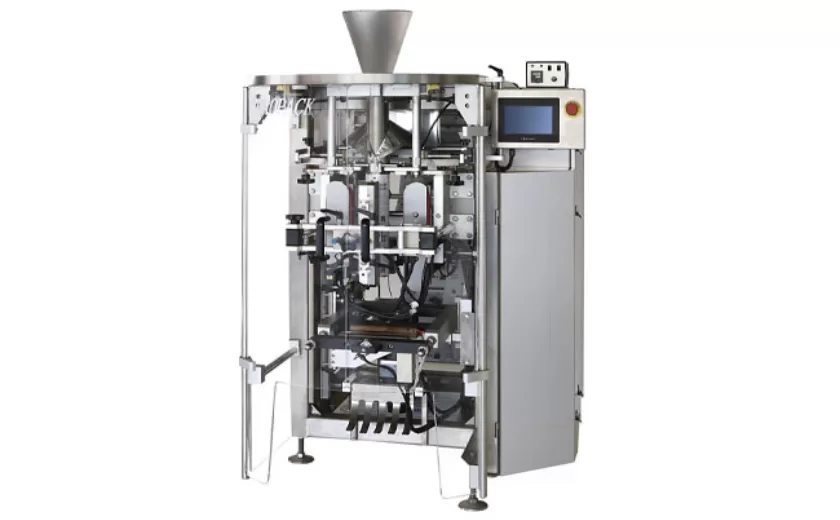
Efficient Vertical Form Fill Seal Packaging Machines for Smart Production
10-10-2025





